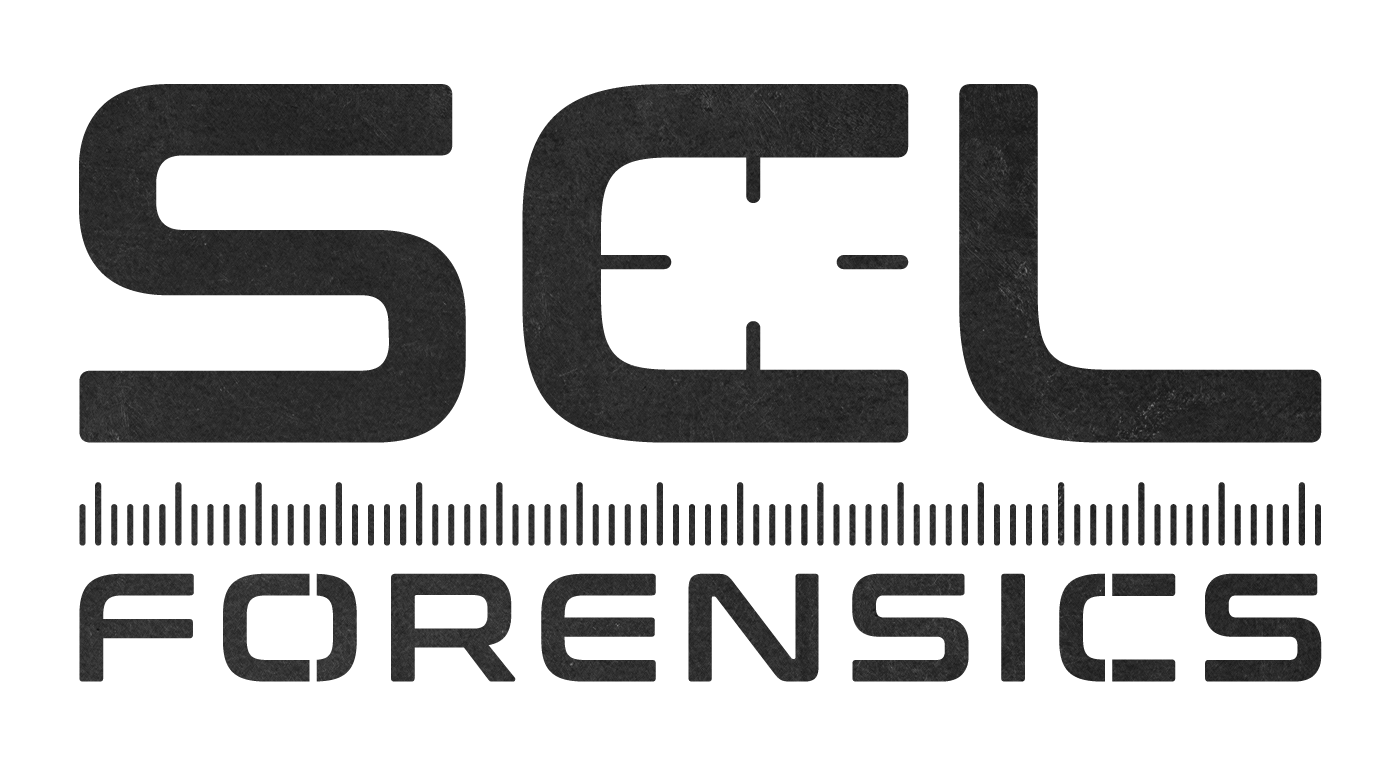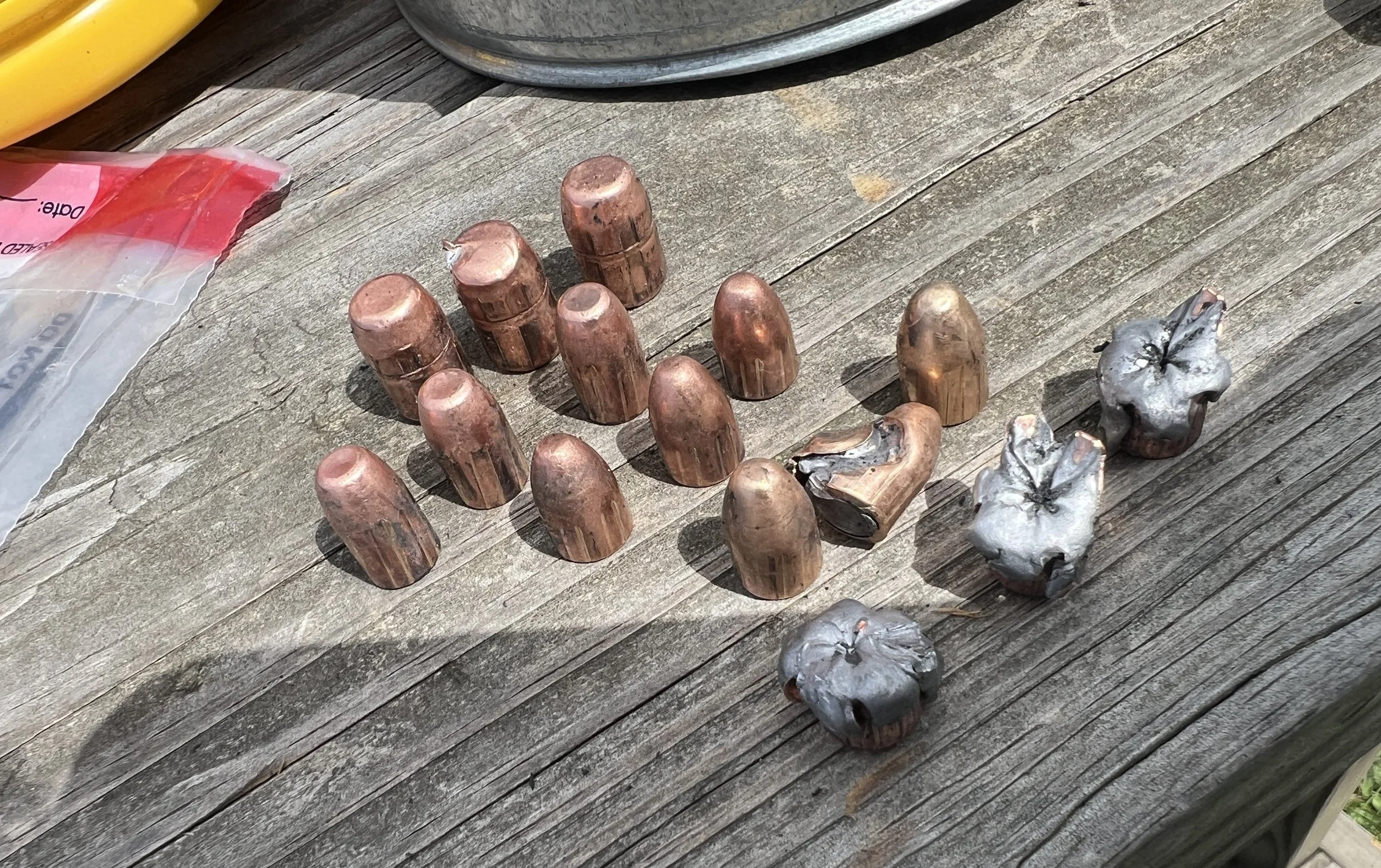What is Forensic Firearm & Tool Mark Analysis? A Comprehensive Guide
When it comes to solving crimes, every detail matters. Forensic firearm and tool mark analysis is one of the most critical disciplines in forensic science. It helps investigators uncover the story behind bullets, cartridge cases, and tools used in criminal activity. By examining the unique microscopic markings left behind on evidence, forensic experts provide critical insights that often play a key role in criminal investigations and courtroom testimony.
What is Firearm & Tool Mark Analysis?
Primarily, forensic firearm and tool mark analysis is the scientific examination of tool marks imparted by firearms or tools on ammunition and other objects. No two firearms or tools are identical, as each creates individual microscopic patterns. Forensic analysts compare these patterns to determine whether a specific firearm or tool was used in a crime and can sometimes reconstruct the sequence of events at the scene.
Firearms Analysis
Firearms analysis focuses on firearms, bullets, and cartridge cases. When a gun is fired, the parts of the firearm (i.e. barrel, firing pin, extractor, ejector, etc.) can leave individual microscopic marks on the ammunition components. By analyzing these marks (specifically striations and impressions) under a comparison microscope, forensic experts can link a bullet or cartridge case to a specific firearm. This process is an integral part of a firearm investigation.
Tool mark Analysis
Tool mark analysis extends beyond firearms, but follows the same premise, which involves examining marks left by tools (i.e. crowbars, screwdrivers, pliers, or knives) on surfaces like locks, doors, windows, bones, and even cartilage. Like firearm markings, each tool creates individual patterns that can be linked back to the tool used. Tool mark analysis is essential for uncovering evidence in cases such as burglary, vandalism, or stabbing investigations.
Who Can Benefit from This Service?
Forensic firearm and tool mark analysis is more than science and theory. It is a service that provides answers and support to professionals investigating crimes and navigating the justice system. Key beneficiaries include:
District Attorneys/Prosecutors: Strengthen cases with scientifically validated evidence that connect firearms or tools to evidence, making courtroom arguments more compelling.
Defense Attorneys: Obtain independent forensic analysis to review evidence or case files to ensure a scientific, unbiased, and fair evaluation of the case is performed.
Federal, State, and Local Crime Labs: Leverage additional forensic expertise to assist with complex cases, verify conclusions, reduce backlogs, and also provide training, create efficiency, and validate new equipment.
Law Enforcement Agencies: Use firearms and tool mark evidence to link cases, narrow down suspect polls, and solve cases.
Investigators and Private Attorneys: Access expert forensic insights that review evidence or information and provide an unbiased and ethical opinion for civil or criminal cases.
By serving these groups, forensic firearm and tool mark experts help ensure that evidence is supported with accurate, reliable, and scientifically valid opinions.
Why is it Important?
The value of forensic firearm and tool mark analysis is significant:
Linking evidence to crime scenes or suspects: Linking bullets or cartridge cases to a firearm or identifying saw teeth tool marks from a specific tool to marks left on the bones or cartilage can link a suspect to a scene.
Reconstructing events: Analysts can determine the number of shots fired, the type of firearm used, and the relative positions of firearm, shooter, or victim.
Courtroom testimony: Expert witnesses provide clear explanations of their opinions, helping judges and juries understand complex forensic evidence.
Supporting investigations: Firearm and tool mark analysis can assist with simple to complex and high profile civil or criminal cases that require an unbiased, ethical, and quality forensic examination.
Challenges and Limitations
While highly validated and effective, firearm and tool mark analysis can have limitations. Evidence may be too damaged or degraded to produce conclusive results and although the science of firearm and tool marks has been validated for a century forensic analysts must speak in practical certainty terms. Analysts follow strict protocols, peer reviews, and professional standards such as those set by the Association of Firearm and Tool Mark Examiners (AFTE) to ensure accuracy and reliability.
The Future of Firearm & Tool Mark Analysis
Technological advancements are transforming forensic analysis. Innovative tools such as 3D imaging and virtual comparison microscopy can improve efficiency, accuracy, and the ability to connect crimes that may have otherwise remained unsolved.
Final Thoughts
At SCL Forensics, we know that forensic firearm and tool mark analysis is more than a theory. It is about delivering unbiased, accurate, and high-quality findings you can trust because ethics and integrity is the foundation of our team. Our forensic expertise supports prosecutors building strong cases, defense attorneys seeking fair evaluations, crime laboratories needing assistance, agencies looking to solve firearms crimes, and training the future generation of firearm examiners.



